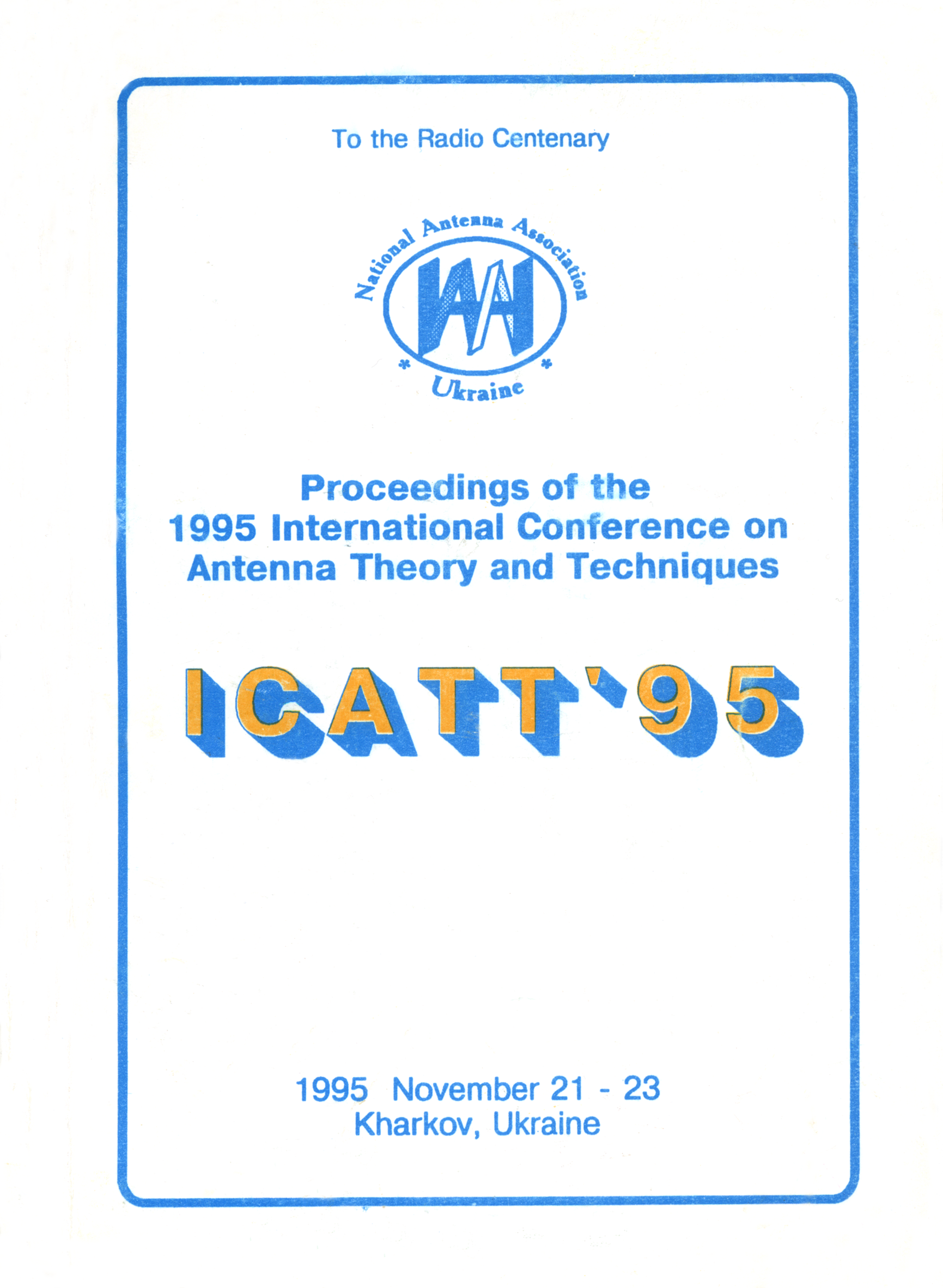Diagnostics and adaptation to the technical state of transmiting-receiving phased arrays
DOI:
https://doi.org/10.1109/ICATT.1995.1234116Abstract
Operative state control, phased array controllability and providing on the required interference protection by maintaining the side lobe levels in the preset limits are the diagnostics and adaptation objects. Algorithms based on the discrete Fourier transform, permitting fast algorithms application are proposed for the diagnostics and adaptation realization.
Different from the traditional methods of antenna measurement organization, diagnostics and adaptation techniques using standard equipment of radiotechnical system receiving block are proposed and analysed. Echo-signals from target, specially generated monitoring signals from the tower, interefering radiation or interfering radiation mixture are considered as monitoring signals.
The possibility of unambigous diagnostics of a phased array with arbitrary number of channels and arbitrary element spacing is shown. Analogue phase shifter for a phased array is proposed as the method of the direct Fourier transform realization, and computer processing as the inverse one for retrieving the phase and amplitude distribution. The total number of experiments required for serviceability control of all phase shifters of a phased array equals MN, where N is the number of channels, M is the number of phase shifter states.
The effect of signal-to-noise ratio and phase shifter errors on the diagnostics accuracy are estimated. The adaptation algorithm permitting to restore the required amplitude and phase distribution in channels maintaining the control and to separate completely the faulted channels is presented. The possibility of adaptation gradient method in 1 and 2 iteration is shown. Labour expenditure on one iteration is estimated by the number of complex multiplications of the order Nlog2N, where N is the number of the array channels when the signal accumulation is not required. The results of algorithm simulation for a sample 8-element array are presented. It is shown that the mean square deviation errors of the realized amplitude and phase distributions with respect to the calculated ones are determined by the signal-to-noise ratio at the output of the whole array.

